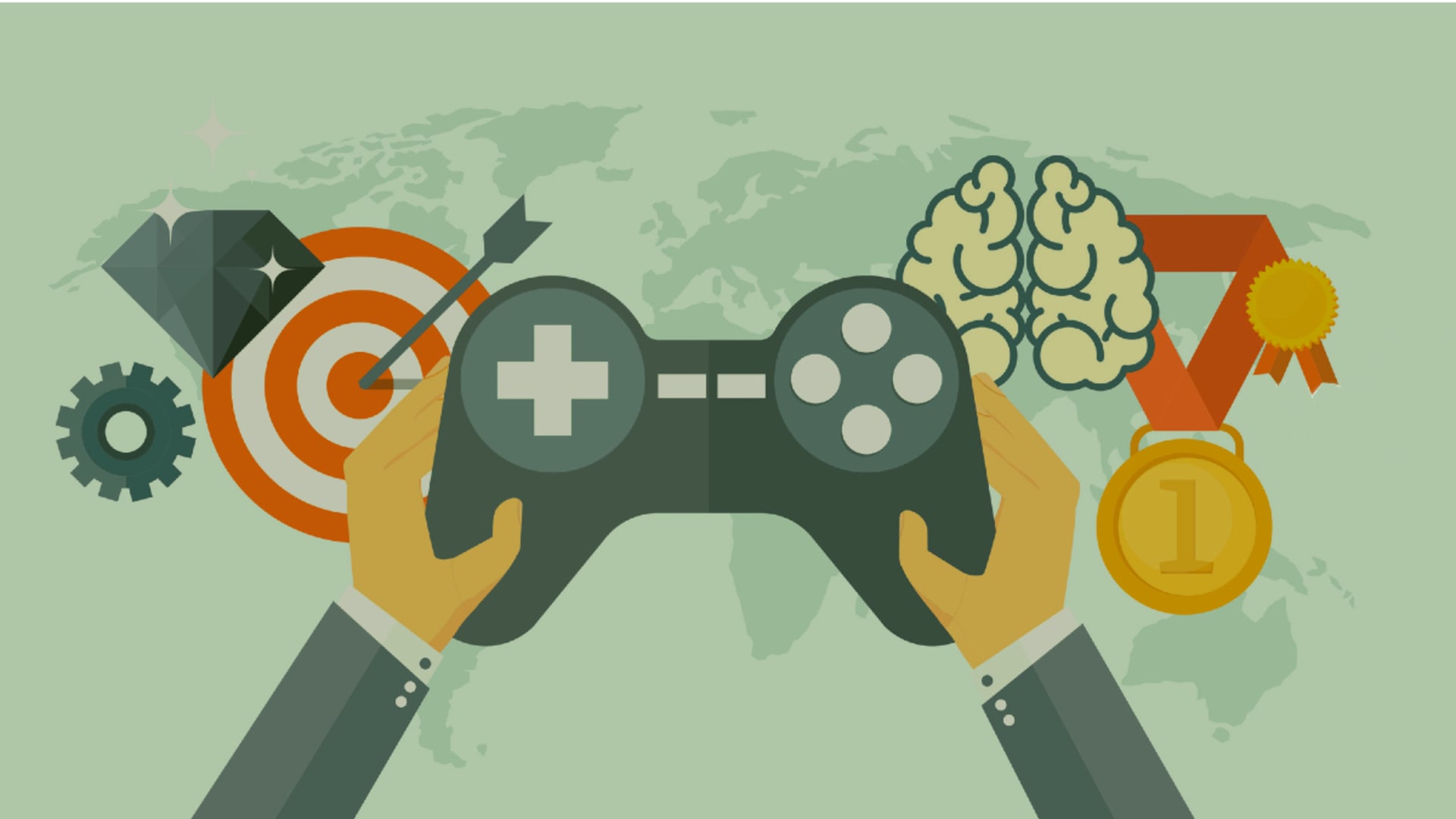Developers are a competitive group of people. And given how development projects absolutely depend on teamwork, it’s sometimes necessary to play up that competitive nature. It’s not that you want to set your teams against one another in such a way that it could negatively affect productivity, but adding a playful sense of competition into the mix can really do wonders for productivity. We previously explored the benefits of playful-centric design as an approach to projects. Now, we’ll examine how gamification can motivate and keep developers focused.
And given how many programmers are also gamers, adding a bit of competition to your company’s projects can really make a difference. Not only can this help to improve productivity, but it will also have a direct (and positive) impact on your team’s ability to communicate and collaborate. Think about it: Once you have a bit of cross-team competition, each team will have more incentive to improve their intra-team communication and increase their collaborative skills.
After all, doesn’t teamwork make the dream work? And how better to make those dreams come true than by adding a bit of fun into the mix?
What is Gamification?
Gamification is exactly what it sounds like: adding game elements in a non-gaming environment. We do this all the time in so many types of environments. You might inspire your children with a few competitive chores. Whoever gets all their chores done for the week fastest wins a prize. That prize might be something small or something a bit more. The important thing is that you’re inspiring those involved to work more efficiently and productively in a way that doesn’t have you coming off as making impossible demands.
And that’s one of the most important aspects of gamification. If you attempt to inspire your developers to get their work done in a timely fashion by simply reminding them it’s what they’re paid to do, you might find yourself with a revolt on your hands.
On the contrary, if you were to apply a bit of harmless (and fun) competition (especially with some sort of prize for the winner), you’d find that your developers were more inclined to comply with the requests.
After all, shouldn’t that be the goal? You don’t want to simply demand your employees do what you ask of them, as that will only lead to growing levels of attrition. If you want to keep those rock star developers on the payroll, you’ll have to approach them with a bit more care than you might otherwise. Remember, developers can be a tricky group to inspire.
To make this even more appealing, when you gamify work, you’ll find these results:
- Teams will be more willing to follow leadership.
- Those with better skill sets will rise to the top.
- Those who are better capable of serving in supportive roles will become obvious.
- Patterns will emerge that you can use later to help improve productivity.
- Interaction partners will emerge that can help improve collaboration.
- Goal setting will become more reliable and repeatable.
- Team organization will vastly improve.
- Intra-team communication will skyrocket.
But How Do You Apply Gamification?
There are a number of ways you can add gamification to your projects. Most of these ideas are actually quite simple to implement and shouldn’t cost your company anything.
Leaderboards
One of the best ways to motivate your teams is to rank them for productivity or by activity. With a leaderboard in place (be it online or physically posted in the office), your team members will have a quick view of which team or team member has been most productive during the week, month, or even sprint. The leaderboard should incorporate a points system (which will have to be devised by you or some member of management) that simplifies the process of ranking the developers.
For example, for each task completed in a project, a team or team member receives X number of points. At the end of each day, the points are tallied, and a new member might rise to the top of the leaderboard.
Badges
This is similar to the leaderboard, only instead of it changing daily, team members compete to achieve badges. For example, when a task in a project is completed, the team or team member receives their task badge. When a team completes a project, they get their project badge. When a team iterates a release, they get their iteration badge. These badges serve as bragging rights for team members, which encourages productive competition.
Levels
Levels are exactly what they sound like. Each team or team member works to “level up” as they complete different projects. A team might start out as Level 1. When they complete their first set of tasks, they move to Level 2. This continues until a team (or team member) achieves the highest level possible. This could also be tied into yearly bonuses or raises. Also, when a developer “levels up,” they might be assigned more challenging tasks or be moved to a different team.
Progress Bars
Progress bars show where each team or team member is in the progress of a project. Although it’s pretty easy to view a Kanban board to get a quick glimpse of the progress of a project, posting progress bars in the office for all to see gives it a gaming quality that will inspire friendly competition among teams. As each team completes a task in the project, their project bar is moved ahead one notch. This makes it obvious which teams are being more productive and which are lagging behind.
Rewards
Rewards are at the heart of gamification. Although you might think many of your developers find enough inspiration by seeing progress bars, badges, and leaderboards, you might get more out of everyone if rewards are put in place. Rewards should be commensurate with the progress made and shouldn’t be viewed as a participation trophy. You might buy the team at the top of the weekly leaderboard lunch at the end of the week. At the end of the month, the team with the most badges might get a paid three-day weekend. At the end of the year, the team with the highest level might receive an extra bonus in their paycheck.
What’s important is that you make these rewards valuable to your teams while at the same time not making them so important that you constantly have to be one-upping yourself until you can no longer afford to hand out rewards to the most productive teams. Rewards can be simple, even silly gag gifts, which shouldn’t cost you much. Even a goofy trophy with a good amount of pomp and circumstance to heighten its importance could do the trick. Get creative with your rewards; make them fun and desirable to achieve by your team members and their value will vastly increase.
The Caveat
One thing to remember is that gamification should be all about fun. You don’t want to create a cutthroat environment that could undermine morale or set teams against one another. Keeping this fun will ensure it does not get out of hand. To do this, you’ll have to spend some time understanding your teams, what motivates them, and how best to reward their efforts without it coming off as a bribe or something your employees start to expect.
If you don’t imbue this with a sense of fun, camaraderie, and playfulness, it could easily get out of hand. If, however, you play your cards right, the gamification of projects could greatly increase productivity, collaboration, communication, and fun. All of this equates to an enjoyable work environment that will not only help you to retain staff but also serve as a nice incentive to get other rock star developers to join your team.







